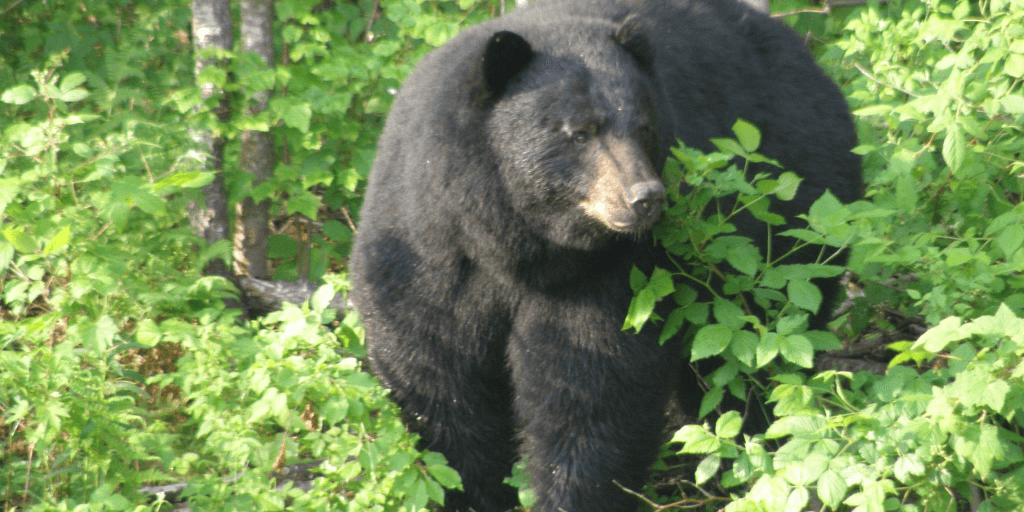NEWPORT — Vermont’s bear hunting season starts September 1, and officials say hunters can improve their chances if they scout ahead of time to find fall foods such as wild apples, beechnuts, acorns, and berries where bears will be feeding.
“Fall foods for bears are more abundant than they were last year,” said Vermont’s bear biologist Forrest Hammond.
Bears will likely be feeding along power lines and in forest openings and old fields where berries and apples can be found.
They also are likely to be feeding on standing corn.
Vermont has two bear hunting seasons. The early bear hunting season, which requires a special bear tag, starts September 1 and continues through November 10.
The late bear season begins November 11 and continues through November 19.
A hunter may only take one bear during the year.
Hammond says Vermont’s regulated bear hunting seasons help in managing the state’s population of about 5,400 bears.
A new regulation now requires hunters to collect and turn in a small pre-molar tooth from each harvested bear.
The collection of a premolar tooth is critical to the bear project as it provides important data on the age structure of the bear population and for making population estimates.
Hunters took 697 bears last year in 193 Vermont towns.


